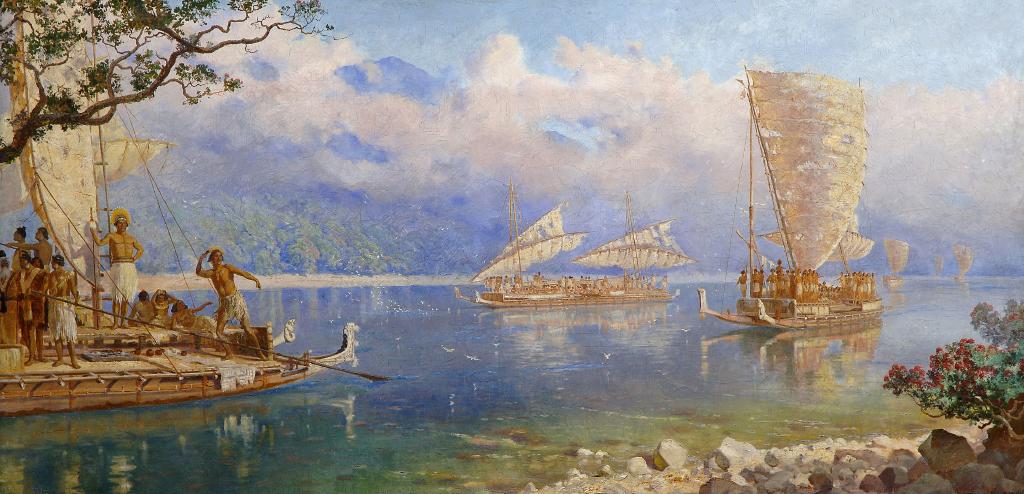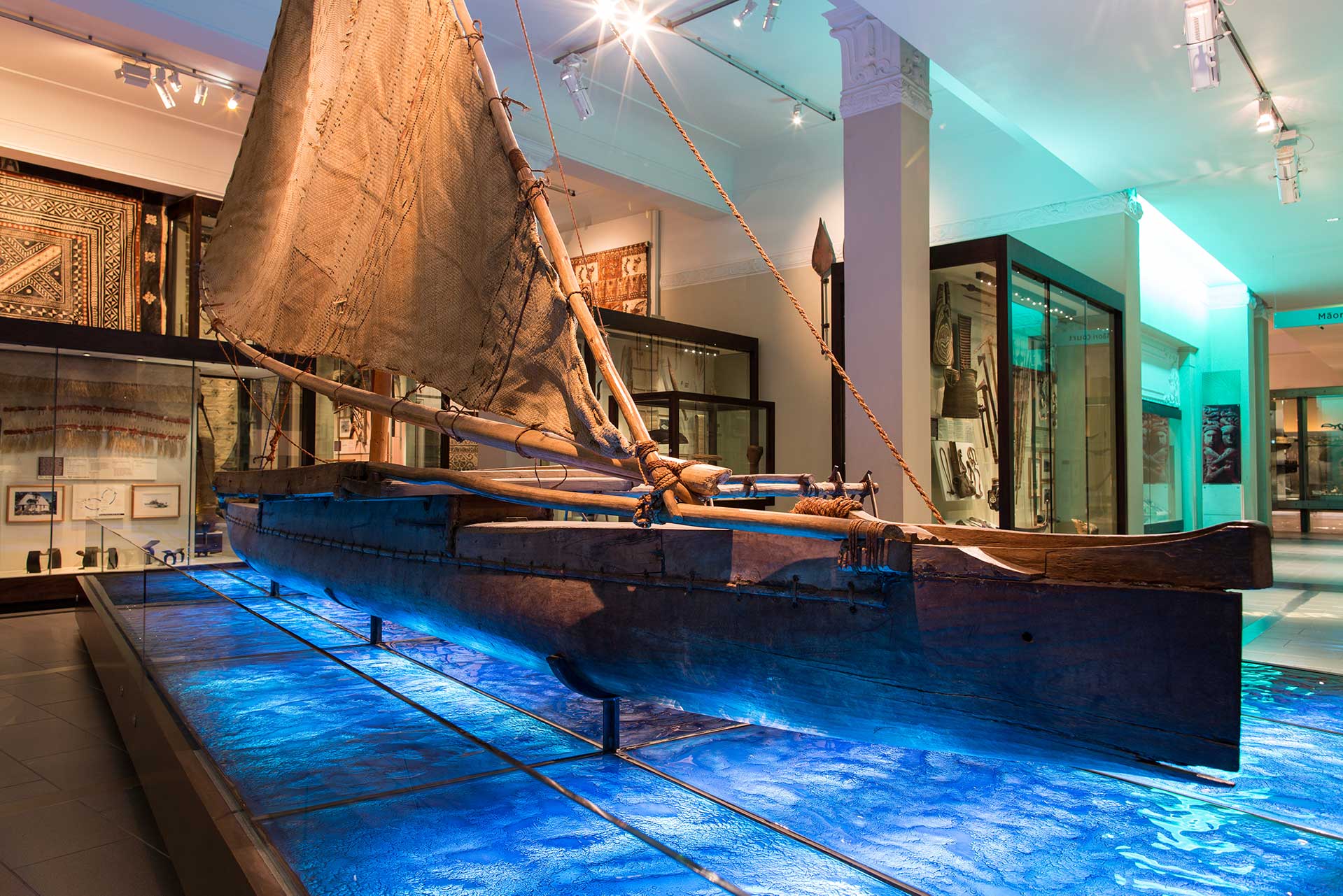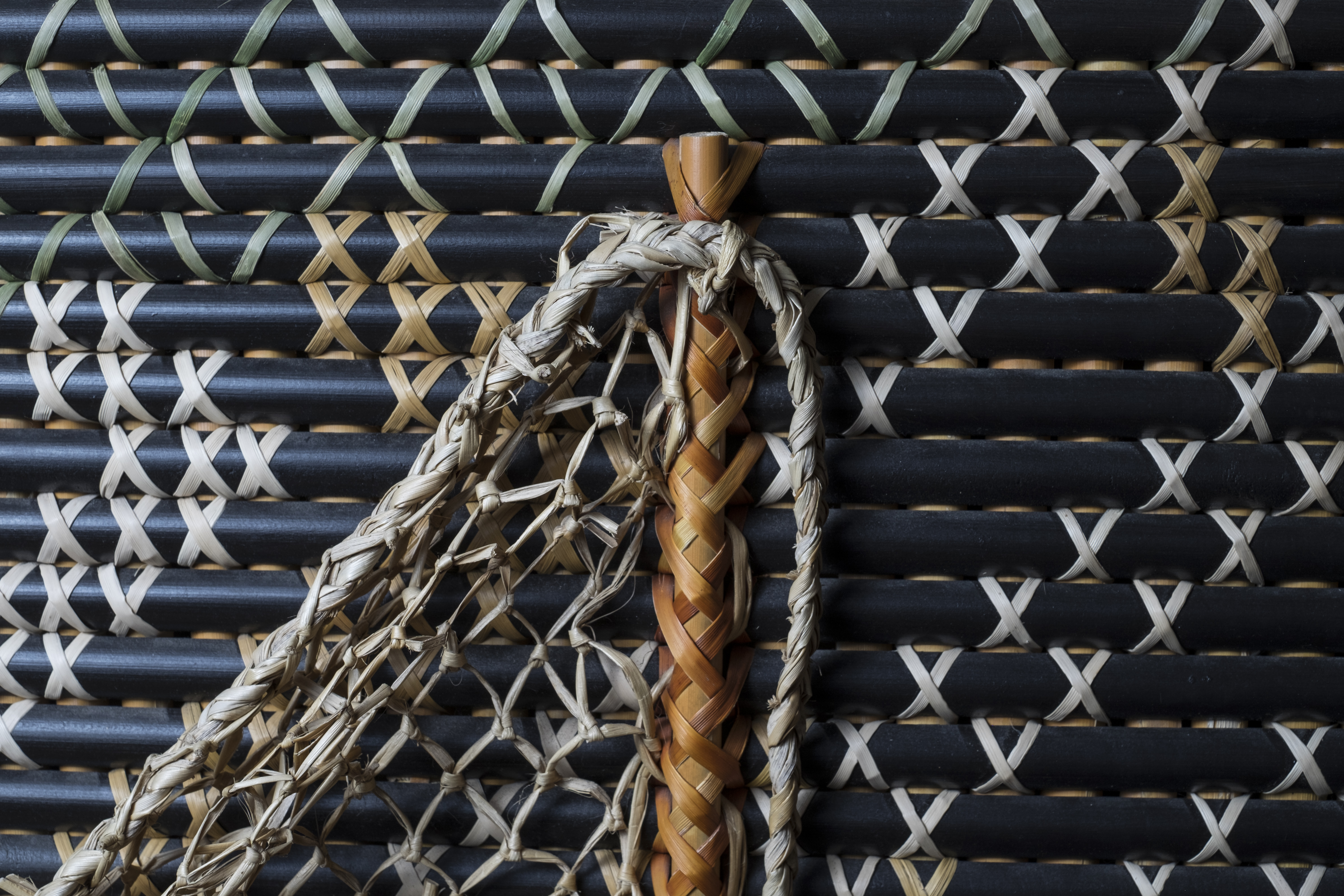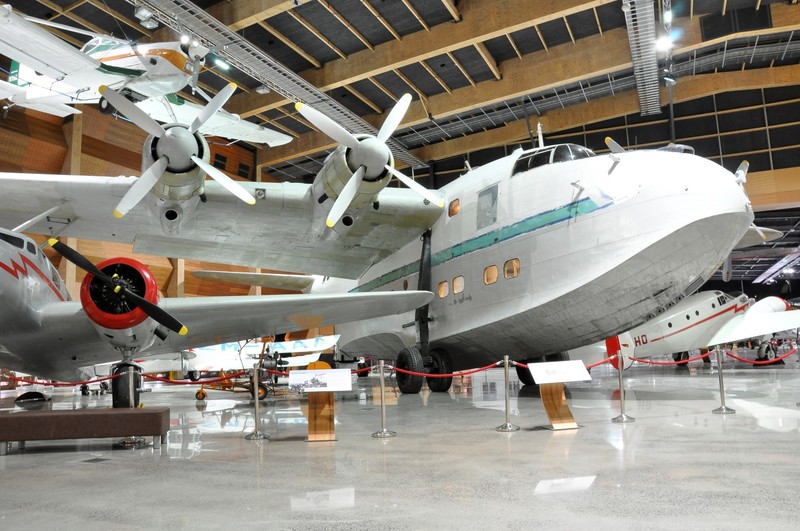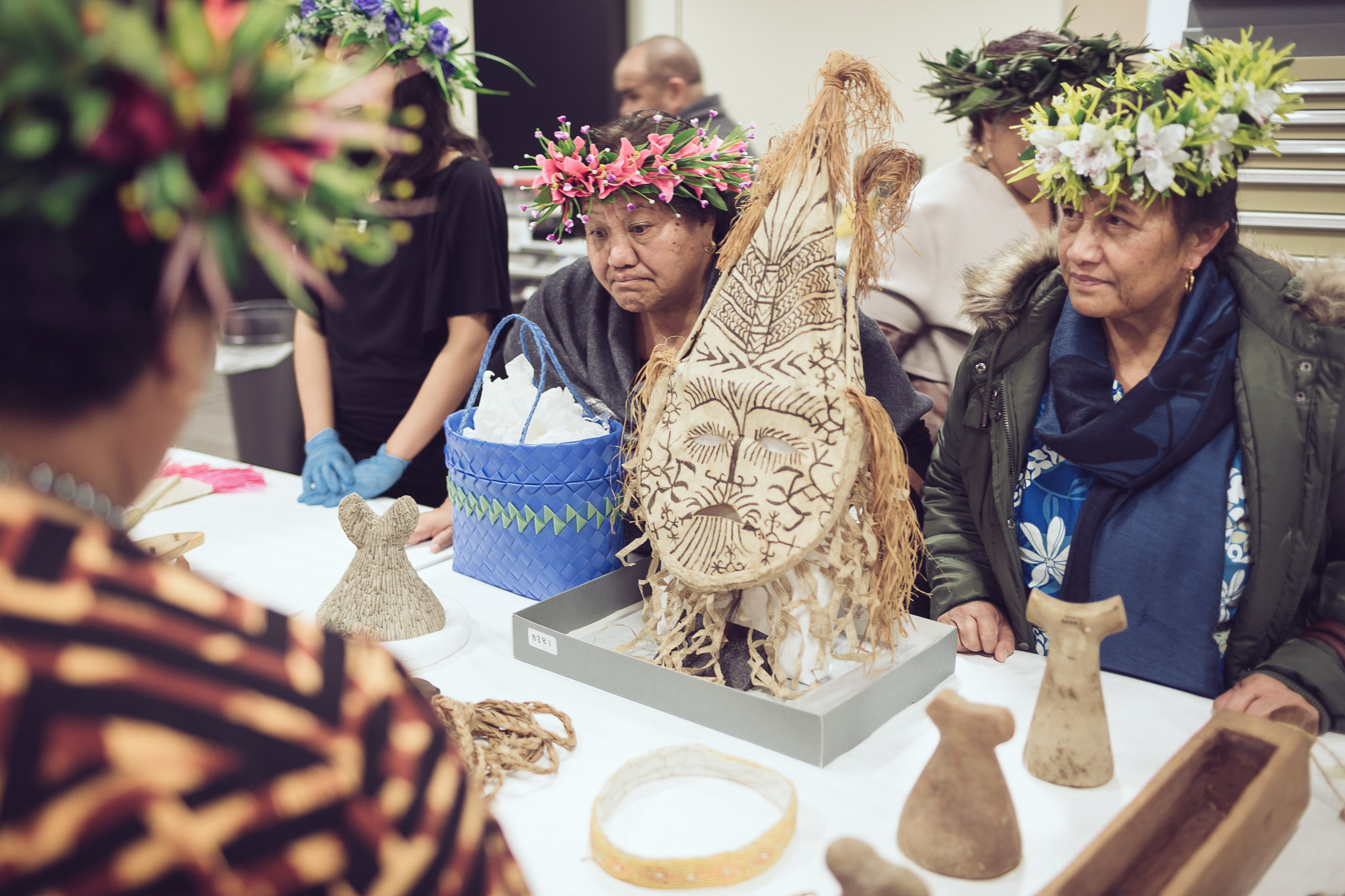Guardians not gatekeepers
This is a philosophy shared by all the Museums of Auckland: their role is to act as kaitiaki or guardians for the collections items in their care and to ensure that people can readily access them – both online and in person – and discover their stories and their history.
Auckland Museum has expanded on this philosophy with their three-year Pacific Collections Access Project which is inviting Pacific communities to come and connect with collection items and to share their knowledge.
The project coincides with the Museum’s work in cataloguing and carrying out conservation work on its large Pacific Collection but it is unique in inviting people from different Pacific communities – including the Cook Islands, Fiji, French Polynesia, Hawai’i, Kiribati, Niue, Pitcairn Island, Rapa Nui, Sāmoa, Tokelau, Tonga, Tuvalu, and Wallis and Futuna – to come and be part of that process and add their unique cultural and traditional perspectives on the collections they have connections with.
Barbara Afitu, Community Engagement Facilitator, says being part of the project, which has seen more than 70 visits from over 1400 individuals, is an incredible privilege.
“Our communities are the experts – their eyes have seen, their ears have heard, their hands have made. There has also been a lot of emotion in the process – for elders these collections can connect them with memories of their families and where they have come from. For many young Pacific people, they are second or third-born generation Kiwis and this is a way for them to connect and to see the beauty and skill of their traditions and culture.”


